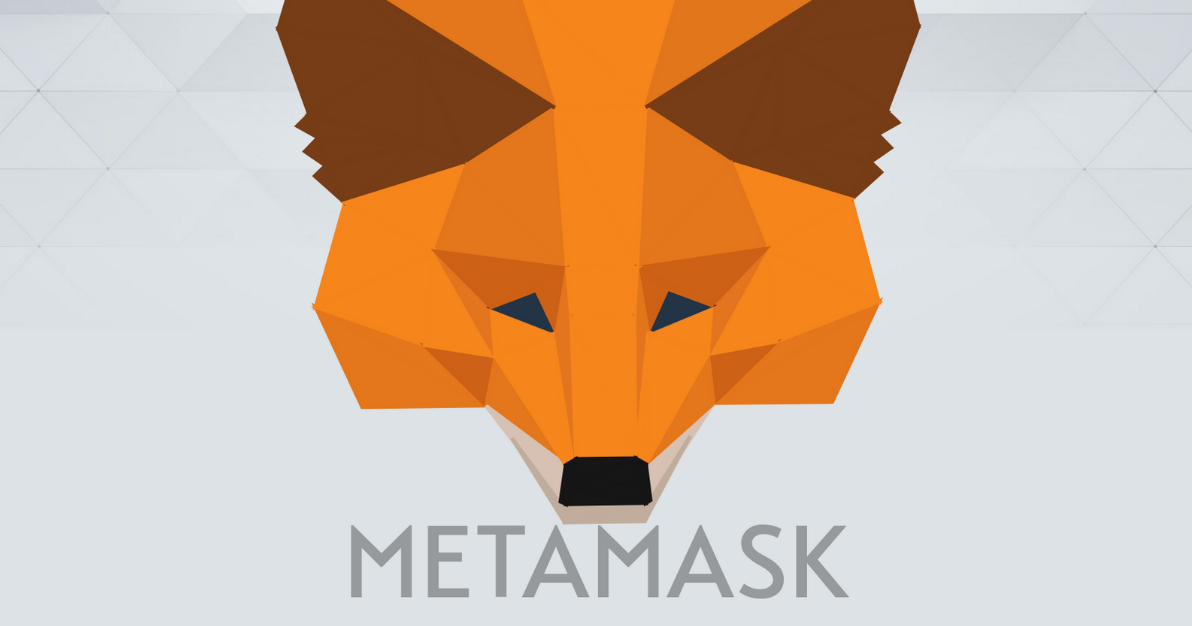Ukrainians Turn to Bitcoin to Crowdfund the Fight Against Russia. Donations made in Cryptocurrency such as Bitcoin, Ethereum, and stablecoin Tether are dwarfing the aid packages that have been delivered to Ukraine. Cryptocurrency donations allow individuals to get involved and are less affected by macroeconomic or geopolitical factors. As an example, Chobanian cites depreciation of the Ukrainian hryvnia, which is the country’s currency.
Cryptocurrency donations to Ukrainian NGOs
It’s possible to make a difference by donating crypto to Ukrainian NGOs fighting Russia. Most crypto donations come in the form of Bitcoin, Ethereum, and the stablecoin Tether, which is pegged one-to-one to the dollar. Crypto donations are a unique way to engage individuals, as they are not as impacted by macroeconomic or geopolitical factors. But the cryptocurrency community has also encountered its fair share of scams.
Since the beginning of the Russian invasion, cryptocurrency donations have flooded into Ukraine. One organization that has received the largest amount of donations is Come Back Alive, which began using crowdfunding to provide bulletproof vests to Ukrainian soldiers after the 2014 annexation of Crimea. The group also uses the donations to purchase medical supplies and military equipment for Ukrainian soldiers.
Since the Russian invasion, donations to the Ukrainian government have increased. The Ukrainian government’s minister of digital transformation has tweeted wallet addresses for people to donate bitcoin, ether, or tether, a stablecoin pegged to the US dollar. This method of donation has sparked a new wave of fundraising in Ukraine, with over $47 million already raised. In addition, the European Union is planning to send 500 million euros to Ukraine in aid efforts.
Other non-profits that have begun accepting crypto donations are Come Back Alive and Elliptic, a blockchain analytics company. In one day, Come Back Alive received a $400,000 bitcoin donation. Those donations helped Ukraine reach its 50 million dollar fundraising goal in the first week of March. Before, donations to Ukrainian NGOs were limited to bank deposits or donating to fundraising pages. Now, they can use crypto donations to buy medical supplies and weapons for Ukrainian soldiers.
While crypto donations are a newer form of donation, they are safe from the risks associated with fiat money. Cryptocurrency is more transparent and easier to trace, so it’s much safer to use them than traditional forms of donations. Furthermore, the Ukrainian government has started using the cryptocurrency system to raise funds for the government’s operations in Ukraine.
The conflict in Ukraine has resulted in the largest displacement of people in Europe since World War II. Some 14 million people have been forced to flee the country while an additional 7.7 million have been displaced internally. Children are suffering as a result of the war; they are hearing explosions and fleeing their homes with the clothes on their backs. This escalation of violence is bound to have a disastrous impact on children in need around the world. Moreover, the climate change and hunger crisis are making children even more vulnerable.
Cryptocurrency donations to pro-Russian NGOs
NGOs that help Ukrainians are increasingly using cryptocurrency as a source of funding. This latest data comes from a company called Elliptic, which tracks cryptocurrency donations to Ukrainian NGOs. The company says donations have jumped more than nine hundred percent over the last year.
However, there are risks associated with cryptocurrency donations. Since the value of Bitcoin has plummeted in the past year, it is difficult to determine if the money is going to legitimate organizations. There are dozens of scams, including those claiming to provide aid to the Ukrainian government. This could be a problem for Russia, too. Many Russian crypto services have been accused of money laundering.
Cryptocurrency donations to pro-Russia groups are not a new phenomenon. In fact, they’ve been used for fundraising since the conflict in eastern Ukraine. Since 2014, several online campaigns have been used to raise funds for pro-Russian separatists. In one campaign, Save the Donbass, bitcoin donations made up almost half of the total amount of donations.
Another group that has seen an increase in crypto donations in recent years is Myrotvorets. This site publishes information about Ukrainian “pro-Russian” individuals and has an address to receive bitcoin donations. The site also lists channels to send donations in traditional currencies. To date, this group has received over 100 bitcoin donations and accumulated over $267,000 in donations.
Cryptocurrency donations to pro-Russia NGOs have risen nine-fold in one year. Cryptocurrency donations to pro-Russia separatist groups are a growing source of funding. Unlike traditional forms of funding, donations in crypto are not subject to censorship or restrictions. Moreover, they’re anonymous, and anonymity is a key benefit for these groups.
Cryptocurrency donations have already exceeded four million dollars in Ukraine. The total has reached nearly EUR3.5 million, according to Elliptic’s analysis. Moreover, the use of cryptocurrency by the nonprofit organizations is advantageous in that it’s difficult to confiscate crypto donations.
The conflict in Ukraine has also created a fertile ground for scammers to spread sham fundraising campaigns. TRM investigators have identified several notable scams. Many of these groups claim to be helping Ukrainians in need with crypto. Most of these scams raise just a few hundred dollars, and many have been easily detected by researchers and hosting providers.
Cryptocurrency donations to Ukrainian refugees
Using cryptocurrency as a means to raise funds in a war is becoming an increasingly common practice. Many local NGOs have turned to it in recent years, particularly as government corruption has reached unprecedented levels. In the wake of the Maidan Revolution, many of these groups have stepped up their efforts to raise funds for their operations. They do so by tapping private donors, payment apps, and even bank wires. Crypto donations, however, often bypass traditional financial institutions, which makes them a more appealing option.
The Ukraine government has begun accepting donations in cryptocurrency through an application called Elliptic. The software tracks the digital coins on a blockchain, a public ledger. Since Saturday, over $42 million worth of cryptocurrency has been received by the Ukrainian government. Moreover, the Ukrainian government has collected more than $200,000 in digital artwork via cryptocurrency donations. The challenge for the government is to figure out how to best cash in on the crypto donations.
The cryptocurrency is also an attractive option for donors who do not want their bank records to reflect that they were transferring money to illegal or paramilitary groups. While the Ukrainian government’s call for donations received international attention, the publicity surrounding the campaign has also attracted scammers. Moreover, the central bank has imposed martial law, which further complicates the situation.
Since 2014, cryptocurrency donations have grown dramatically. Some of these funds were channeled through overseas banks to pro-Russian separatists. These donations were worth almost $200,000 by 2021. As tensions rise, pro-Russian separatists have become more willing to accept cryptocurrency as a way to raise funds.
Ukraine plans to launch its own NFT to fund its military. Fedorov canceled the airdrop a few days after the initial announcement. The government also canceled the “airdrop” strategy, which is a popular marketing tactic, as it encourages users to donate more and increase donations to a project.
The cryptocurrency donation trend has also been visible online. Despite the West’s efforts, crypto donations are making their way to Russian war chests.
Cryptocurrency donations to Russian disinformation sites
Cryptocurrency donations to Russian disinformation websites have been controversial and have led to new rules being considered in Ireland. The Ministry for Housing is considering a ban on crypto donations to political parties, while the Minister of Local Government has put together a task force to recommend laws to prevent the misuse of crypto. This concern stems from a number of reasons, including the recent Russian invasion of Ukraine, which only made Ireland’s concerns about foreign influence on its elections that much higher.
For instance, a Russian news site called Meduza raised more than US$250,000 in cryptocurrency donations. Its site claims to cover the “real Russia of today” and has been soliciting donations since April 2021. Donations can be made in US dollars or in euros, or in cryptocurrencies like Monero and Zcash. The donations are reportedly intended for military purposes, including weapons, body armor, and other equipment.
The donations also went to military equipment, and pro-Russian groups have spent $14 million on drones, $5 million on military clothing, and $1 million on an anti-war media campaign. However, the total amount of cryptocurrency donations to these groups pales in comparison to the amount of money that was donated to Ukraine. Currently, three organizations have collected more than $135 million in cryptocurrency donations to support the Ukrainian war effort.
While these donations are convenient and fast, the use of crypto to support these efforts has its drawbacks. For one thing, the cryptocurrency market is volatile. Despite the popularity of bitcoin and other cryptocurrencies, the price of these cryptocurrencies has dropped significantly over the last year. Another major concern is the use of cryptocurrency to circumvent sanctions imposed by the Russian government.
Despite the West’s efforts to stop cryptocurrency donations to Russian disinformation sites, the cryptocurrency flow has continued. As a result, Russian forces have increased the use of cryptocurrency as a means of raising funds.



